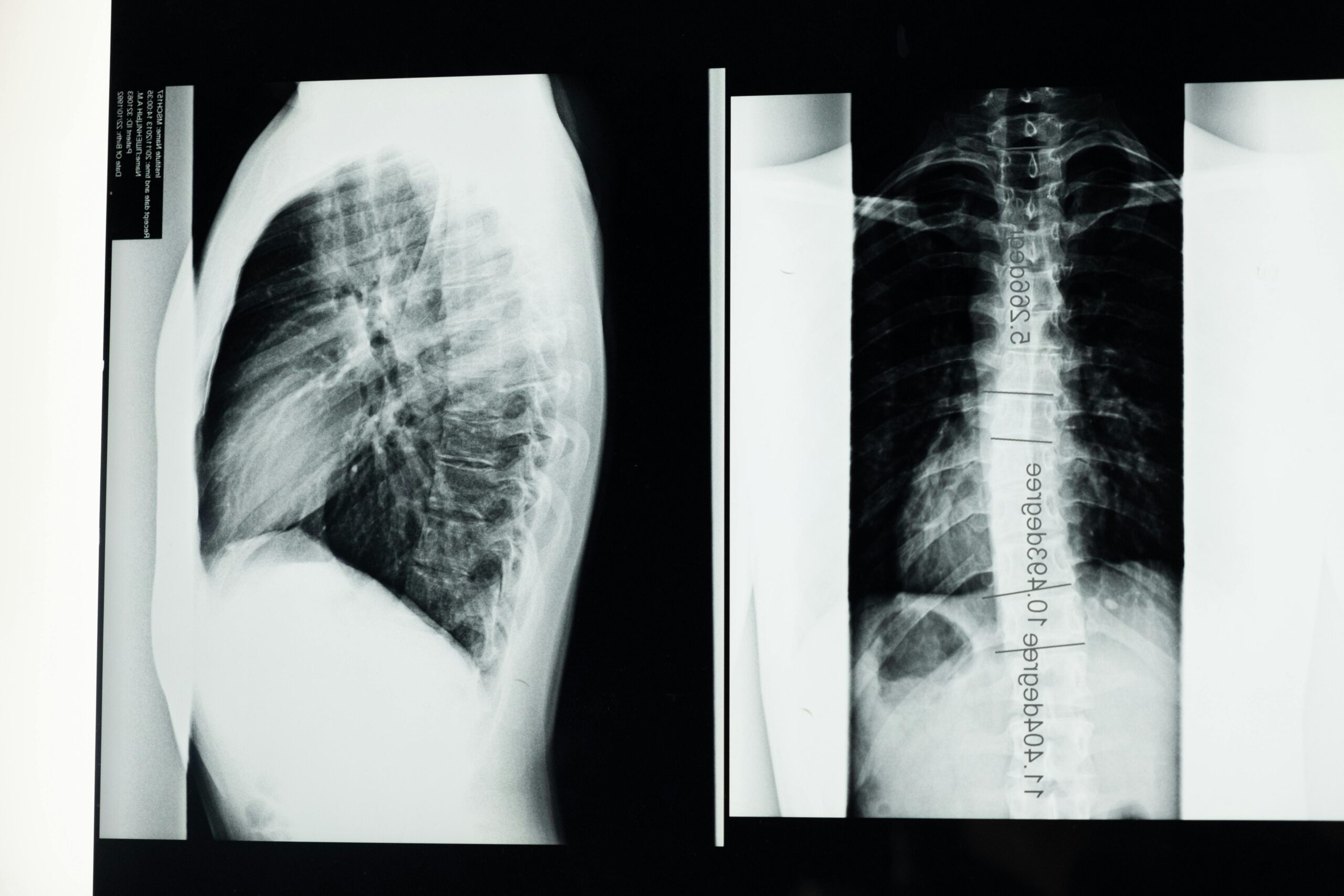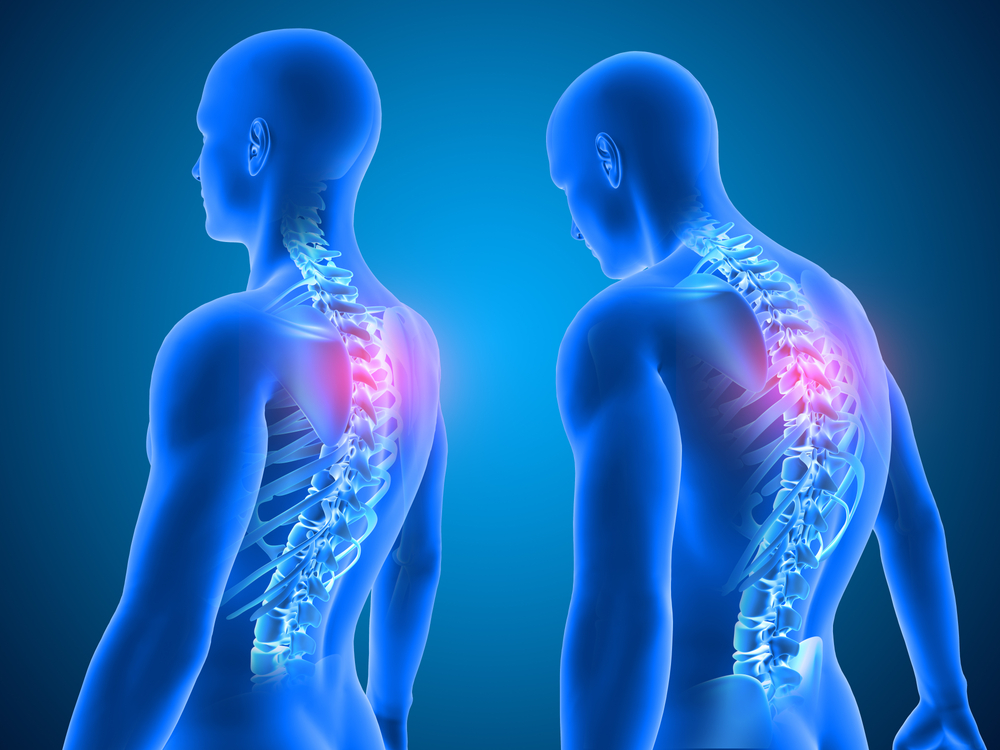Scientists Install the World’s First Electronic Spine to Restore Movement After Paralysis

The human spine is like a grand orchestra conductor never seen, always vital silently directing the symphony of movement, balance, and sensation. But when that conductor falls silent due to injury, the music stops. Limbs that once danced, reached, or ran become still. Lives shift from momentum to maintenance.
For decades, spinal cord injuries were considered the end of movement, a biological sentence with no appeal. But science, it seems, has found a way to rewrite the final note.
In a medical breakthrough once confined to imagination, scientists have installed the world’s first electronic spine, restoring the ability to walk in patients with paralysis. This isn’t just a medical upgrade. It’s a resurrection of autonomy, a reawakening of the body’s voice.
More than 30,000 spinal cord stimulators are implanted globally each year to manage pain but now, this same technology is being used to restore motion, not just mute suffering.
What does it mean when the body begins to move again after years of silence? The answer lies not just in electrodes and impulses, but in something deeper: the untapped resilience woven into our nervous system and the human spirit.
Why the Spine Matters
The spine isn’t just a column of bones it’s the main conduit through which the brain speaks to the body. Running down the center is the spinal cord, a fragile bundle of nerves that serves as the communication highway for every movement, sensation, and reflex we experience.
When the spinal cord is intact, signals from the brain travel down effortlessly, telling muscles when to contract, joints when to move, and skin how to feel. But damage to this system through injury or disease can sever the flow of information. Even if the legs are healthy, they remain motionless, not because they can’t move, but because they can no longer hear the brain’s commands.

This is what makes spinal cord injuries so devastating. They don’t just immobilize muscles they disconnect a person from their own body. For years, scientists believed this break in communication was final. But our understanding of the nervous system has evolved. We now know the spinal cord isn’t just a passive cable it has its own intelligence, a capacity to adapt, and in some cases, to recover.
Inside this network lies something extraordinary: neuroplasticity the ability of nerve cells to rewire, reroute, and regenerate communication paths. This concept has opened a door that was once sealed shut. It means that even after a spinal cord injury, the potential for movement still lingers in the system, waiting for the right kind of signal to awaken it.
That signal, today, comes in the form of precise electrical stimulation. Scientists and doctors have learned how to send targeted electrical impulses into the spinal cord, mimicking the brain’s natural language. And in doing so, they’ve discovered that the body, even years after injury, is still capable of listening.
The Evolution of Spinal Stimulation

For decades, spinal cord stimulation (SCS) was never about movement it was about relief. Developed in the late 1960s, the first devices were designed to manage chronic, unrelenting pain. These stimulators sent mild electrical currents into the spine to disrupt pain signals before they reached the brain. In many cases, they offered a lifeline for those who had exhausted every other treatment.
Back then, the idea was simple but revolutionary: if pain is a signal, maybe it can be scrambled like static on a radio. Traditional stimulators worked by replacing pain with a tingling sensation known as paresthesia. Later versions refined the experience with more subtle, sub-perception modes that patients couldn’t even feel but still experienced the benefit of.
What began as a therapy for post-surgical back pain, diabetic neuropathy, and conditions like complex regional pain syndrome slowly expanded in scope. Surgeons became more precise, devices became smarter, and the stimulation itself became more customizable offering multiple waveforms, frequencies, and modes of delivery.
But something unexpected started to emerge in certain patients: improved muscle control. Slight twitches. Enhanced movement. Signals that the stimulation wasn’t just muting pain it was awakening dormant neural activity.
This was the turning point.
Researchers began exploring spinal stimulation not as a way to silence discomfort, but as a method to reignite the body’s motor functions. Clinical studies focused on patients with spinal cord injuries showed promising results. In one review of 64 studies, 44% of patients achieved independent or assisted standing or stepping. Another 87% showed stronger muscle activation, and 80% improved in overground walking. These were people who had been told movement was no longer possible.
The science was clear: spinal stimulation wasn’t limited to treating pain. With the right placement, the right parameters, and the right conditions, it could help restore movement. And that understanding laid the foundation for what would become the world’s first electronic spine, a device designed not to numb the body, but to reconnect it.
A Technology Rewiring Hope

The term “electronic spine” might sound like science fiction, but its impact is profoundly human. In the world’s first successful installation of this breakthrough device, scientists achieved what was once thought impossible: helping a paralyzed person walk again not in theory, but in practice, step by step.
So, what exactly is this innovation?
At its core, the electronic spine builds upon the principles of spinal cord stimulation, but with a new level of precision and purpose. Instead of merely targeting pain pathways, this device is designed to stimulate the specific nerve circuits responsible for movement, allowing them to once again communicate with the muscles below the injury.
It involves implanting a customized array of electrodes directly onto the spinal cord. These electrodes are connected to a pulse generator essentially a computer and power source that’s placed under the skin. Using real-time feedback and programmed sequences, the system delivers electrical impulses that mimic the brain’s original commands. These aren’t random shocks they are tailored, intentional bursts that guide the legs to move in rhythm.
The breakthrough didn’t happen overnight. It came through years of collaboration between neuroscientists, engineers, and clinicians. What makes this technology different is not just its power, but its intelligence. The device works in sync with the body, adapting its stimulation to support different types of motion standing, walking, climbing stairs. In some cases, the patient even regains voluntary control over movement, a sign that the stimulation is reawakening dormant pathways, not simply overriding them.
One patient, after years of complete lower-body paralysis, was able to stand and take steps within days of the implant being activated. Not through sheer will alone but through a system that translated intent into action, thought into movement. And that’s what sets this technology apart: it doesn’t just move muscles it reconnects the person to their own body.
This is more than a medical device. It’s a conversation between technology and biology, a handshake between science and hope. And in that handshake, many are taking their first steps again.
What Changes, What Doesn’t
Scientists have implanted the world’s first electronic spine to restore movement in people with paralysis. The device, known as an electrical spinal cord stimulator, is embedded directly into the spinal canal and sends targeted pulses to mimic brain signals that control movement.… pic.twitter.com/21sIqbu0iL
— Jayson (@JaysonDC123) July 16, 2025
For someone who’s lived with paralysis, movement isn’t just about mechanics it’s about meaning. The moment their body responds again, even slightly, something deeper is restored: dignity, independence, and a long-lost sense of connection. But while the electronic spine offers new beginnings, it doesn’t erase the journey that came before.
After the implant, many patients experience significant improvements in mobility. Some can stand again. Some can take steps with support. Others regain enough voluntary control to walk short distances. For individuals once confined to a chair, these are not minor wins they are revolutions.
Daily life begins to shift. Getting out of bed no longer requires a second person. Reaching the kitchen or restroom might not involve a wheelchair. Physical therapy now includes the hope of strength building, not just maintenance. Over time, as the body responds to repeated stimulation, these movements can become more natural, more self-directed.
But not everything changes.
The implant does not cure spinal cord injury. It doesn’t regenerate lost nerve tissue. And it doesn’t work the same way for everyone. The level of injury, time since paralysis, and the presence of intact nerve pathways all influence outcomes. Some patients may need to rely on stimulation for every step, while others begin to regain voluntary control when the device is on.
There are also limits and adjustments. The stimulator requires maintenance, careful programming, and at times, recharging. Patients must still be mindful of how they move, and most will still need support systems—canes, braces, or therapists to safely navigate daily tasks.
And yet, amidst the boundaries, there is profound freedom.
Rejoining the Rhythm of Life

Movement isn’t just a physical act it’s a way of participating in the world. When paralysis takes that away, it doesn’t just limit mobility; it creates distance. Distance from everyday routines, from social spaces, from identity itself. With the electronic spine, what returns is more than motion it’s belonging.
For many patients, the most profound moments don’t happen in a lab or hospital. They happen quietly: standing to greet a friend instead of staying seated. Taking steps through the doorway of their child’s school. Walking into a kitchen instead of being wheeled to the table. These moments are small on the outside, but they’re seismic on the inside.
The technology enables movement, but what it truly restores is agency the ability to choose, to act, to engage without always needing help. That kind of autonomy reshapes relationships. Families start to shift from caregivers back to companions. Conversations focus less on what someone can’t do, and more on what’s next.
And it’s not just physical participation that returns. With movement comes emotional and psychological renewal. Studies have long shown the link between mobility and mental health. When people can engage with the world again whether through walking, working, or simply moving on their own terms—there’s often a marked drop in depression, anxiety, and isolation.
Of course, challenges remain. Progress is gradual. Fatigue is real. And some days the steps don’t come easily. But what matters is that there are steps at all. For the first time in years, many individuals with spinal cord injuries are no longer sidelined by their diagnosis. They are rejoining the rhythm of life, on their feet and on their own terms.
What This Reveals About the Body’s Intelligence

Beneath the skin, beyond conscious thought, the human body holds an intelligence that science is only beginning to understand. The success of spinal cord stimulation doesn’t just highlight technological progress it reveals a deeper truth: the body remembers, even when the mind doubts. It adapts, even after trauma. It listens, even in silence.
The nervous system is not a passive circuit board. It’s dynamic, responsive, and resilient. What we once believed to be a static pathway between brain and muscle is now understood as a living network capable of rerouting and reorganizing itself a concept known as neuroplasticity. This capacity to reshape function is the foundation upon which technologies like the electronic spine are built.
When electrical pulses are sent into the spinal cord, they don’t simply bypass damage they wake up latent potential. Muscles long unused begin to fire. Nerve pathways, dormant for years, respond with surprising readiness. In some cases, the body doesn’t just react to the stimulation it learns from it. Over time, with repetition and training, voluntary control begins to return, as though the nervous system is stitching a new language from fragments of the old one.
This isn’t a miracle it’s biology. But it feels miraculous because it reminds us that healing isn’t always about reversing damage. Sometimes it’s about reconnecting with what remains finding new paths where the old ones were blocked.
The body’s intelligence isn’t loud or dramatic. It works in tiny sparks, in micro-adjustments, in quiet defiance of what was once thought final. And when paired with the right tools tools that listen, respond, and adapt its capacity for renewal becomes visible.
The electronic spine is a technological breakthrough, yes. But it’s also a mirror held up to our own physiology, revealing a truth both scientific and spiritual: the body was made not just to survive, but to find its way back to sensation, to motion, to self.
Reclaiming the Body’s Voice
The first step is never just about movement. It’s about defiance against limitation, against silence, against the belief that something is gone forever. The installation of the world’s first electronic spine is more than a technological feat. It’s a moment of redefinition.
For the individual who takes that step after years of paralysis, it means reclaiming a piece of life once thought lost. For science, it confirms that the body is not a closed system, but an ever-evolving canvas. And for the rest of us, it’s a reminder that forward is still possible even when progress seems invisible.
The most powerful breakthroughs are not just measured in clinical trials or lab reports. They are measured in human moments: a man standing to hug his daughter, a woman walking beside her partner, a patient breathing more freely not just with lungs, but with purpose.
This technology is not the end of a struggle it’s the beginning of a new kind of relationship between science and the human body. One that respects the body’s intelligence, honors its memory, and works with it not just on it.
Because even when the path is broken, the will to move forward remains.
And now, for the first time in history, the spine is beginning to answer.
Loading...

